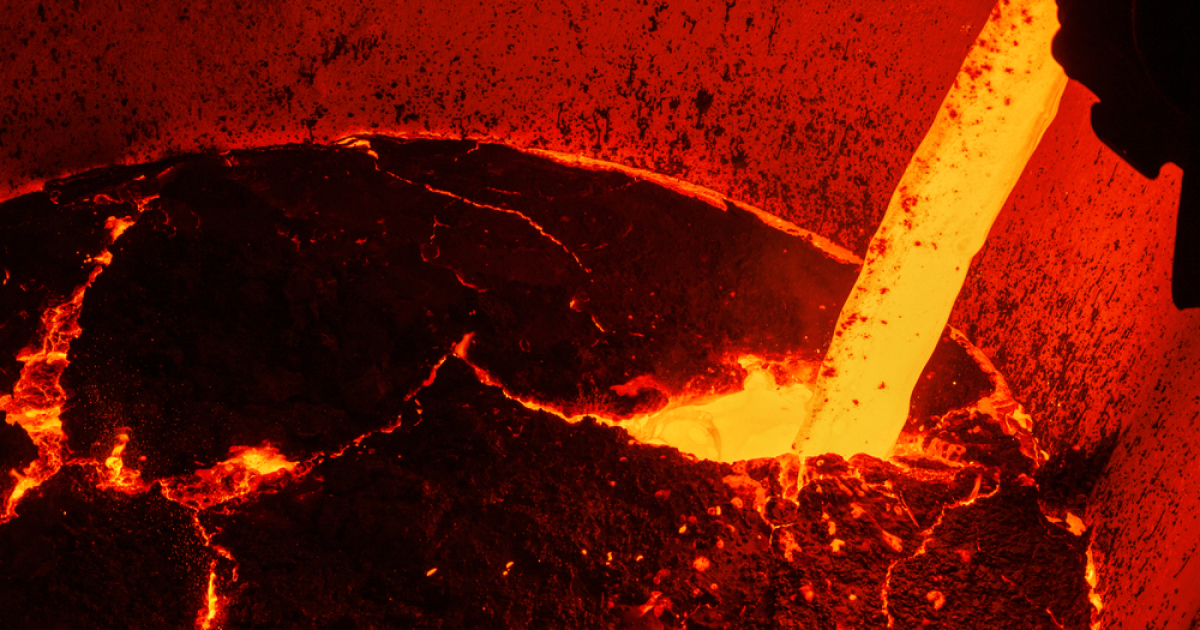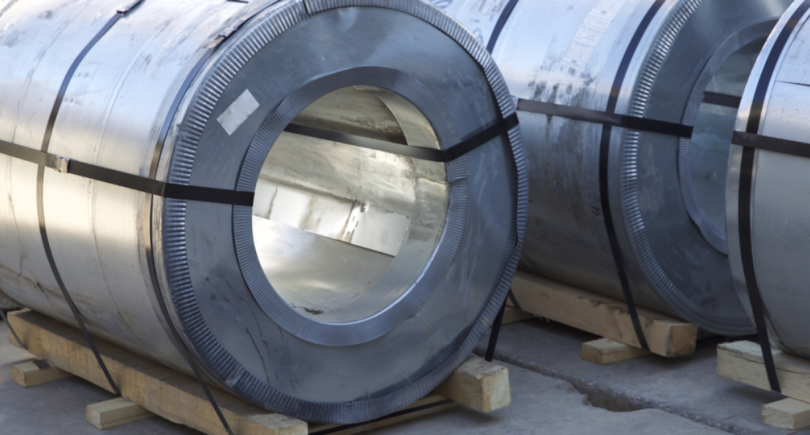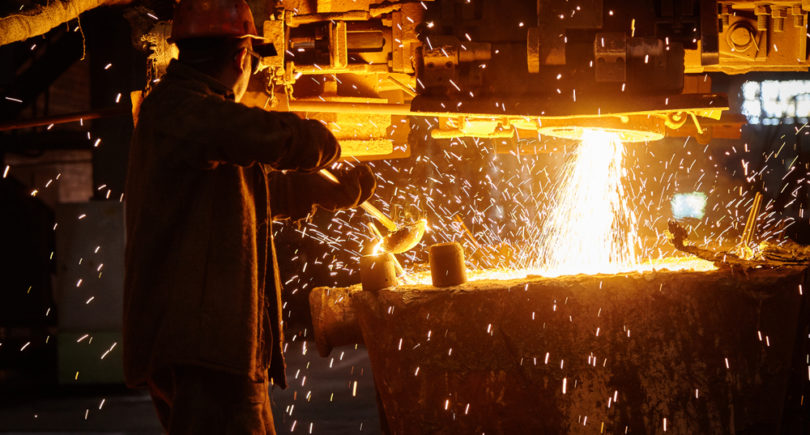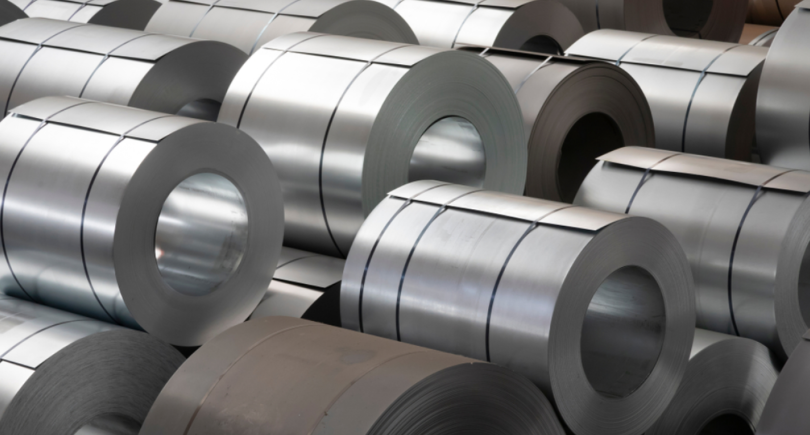
News Global Market China 723 30 October 2023
The decline in the profitability of steel production in the country may continue until the end of 2023
China’s steel output cuts, absent government orders, remain too small to support prices. S&P Global informs about it.
As of the end of October, the country’s government has not commented on restrictions on steel production this year. This forces market participants to believe that there will be no mandatory reduction in production. So any drop in output in the fourth quarter could be relatively modest, and total steel output for the year will exceed 2022 levels.
According to calculations by S&P Global based on data from the China Iron and Steel Association (CISA) and the National Bureau of Statistics, the average daily production of iron and steel for October 1-20 was 2.371 million tons and 2.726 million tons, up 0.6% and 0.4% below the daily average in September, but up 3.8% and 6% year-on-year.
In order to maintain steel production at the level of 2022 in 2023, its daily output in November-December must decrease to an average of 2.269 million tons, which is 17% less than in October.
Some market sources believe that such a large output cut in just two months is almost impossible and the government is unlikely to issue any guidance given that economic growth is the top priority.
Profitability in the steel industry is currently low, one of the insiders said, but most steel mills do not want to reduce steel production, believing that the best option is to wait for other plants to do it amid high losses.
Domestic demand for steel may remain weak in the near term, given the downturn in the real estate sector, soaring local government debt and sluggish consumer spending.
Last week, Chinese authorities decided to issue government bonds worth 1 trillion yuan ($136.7 billion) to support infrastructure. But market sources expected this to have only a limited impact on short-term steel demand. Part of the bonds will be used directly or indirectly to repay or replace the existing debt of local authorities. The rest is mainly intended for water conservation projects, the demand for steel in this sector is rather small.
The losses of Chinese rebar producers are currently around 200 yuan/t ($23.7), while manufacturers of steel coils have no or negligible losses.
Given the country’s strong steel output amid weak domestic demand, China’s steel prices are likely to decline while iron ore costs remain high. The reduction in the profitability of steel production may continue until the end of 2023.
As GMK Center reported earlier, according to CISA forecasts, steel production in China is likely to decline moderately in the fourth quarter of this year. This will mainly happen through production control measures and policies aimed at reducing energy consumption in the country and protecting the environment.



